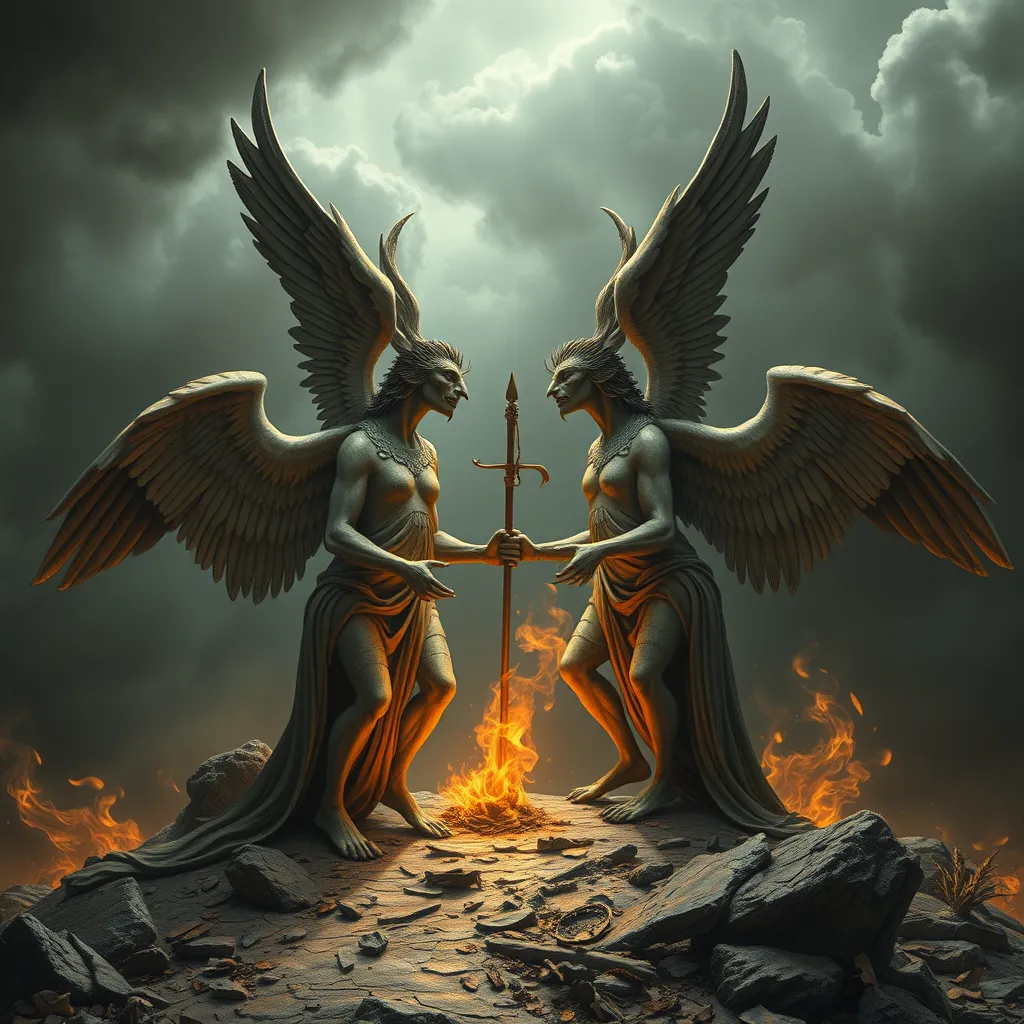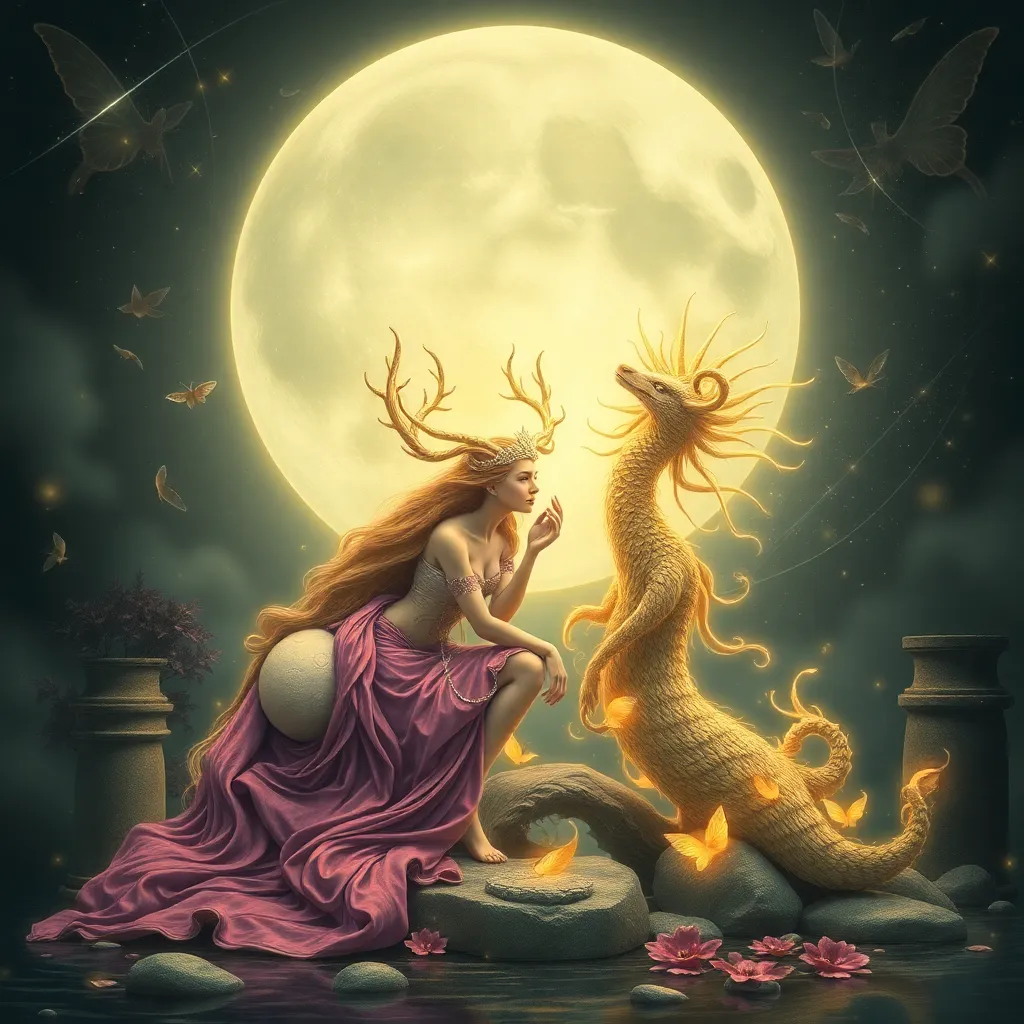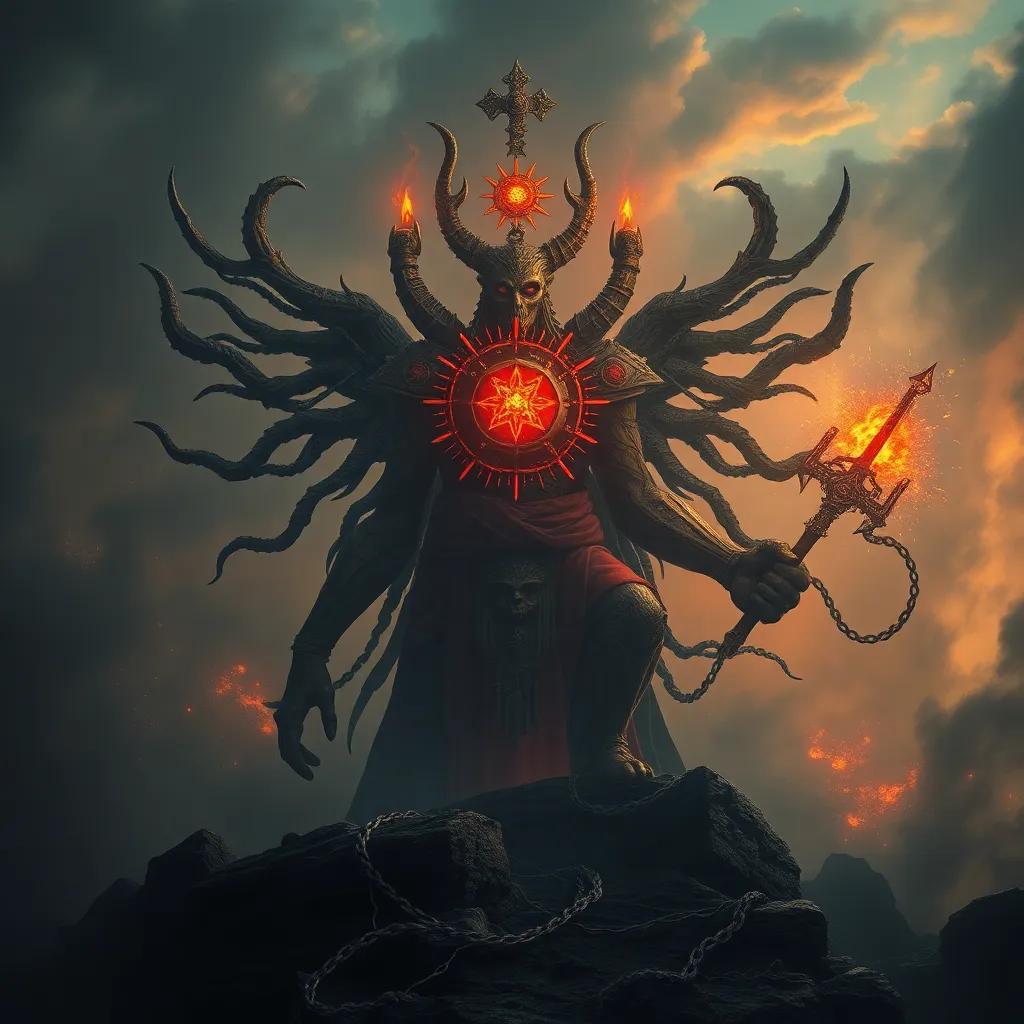The Harpies’ Influence on Roman Religion and Ritual Practices
I. Introduction
The Harpies, often depicted as winged spirits in mythology, have their origins in ancient Greek tales. These creatures were typically characterized by their bird-like features and human faces, embodying a blend of beauty and terror. In Greek mythology, they served as agents of punishment and divine messengers.
In Roman culture, the significance of Harpies evolved, reflecting the complex relationship between mythology and religious practices. This article aims to explore the influence of Harpies on Roman religion and rituals, examining their roles as messengers, their representation in art and literature, and their connections to other deities.
II. The Mythological Background of Harpies
In Greek mythology, Harpies were often described as fierce creatures that abducted individuals and delivered punishment from the gods. They were known as the “snatchers” and were believed to carry away the souls of the dead or the undeserving. The most famous Harpies include Aello, Ocypete, and Celaeno, who were depicted as both frightening and alluring.
As Roman mythology adapted these figures, Harpies took on various interpretations, often symbolizing the duality of nature—both nurturing and destructive. They were represented in literature and art as omens of change, foreshadowing events with their presence. This adaptation reflected the broader Roman cultural theme of integrating and transforming foreign myths.
III. Harpies as Omens and Divine Messengers
In Roman belief, Harpies played a significant role as divine messengers, conveying important messages from the gods to mortals. Their appearances were often interpreted as omens, predicting impending doom or significant changes. Romans believed that encountering a Harpy was a sign to heed the will of the gods.
- Examples of omens:
- Harpies were said to appear before major battles, signaling victory or defeat.
- Their presence was noted during political upheavals, influencing leaders’ decisions.
For instance, the Roman historian Livy recounts how Harpies were seen as harbingers of disaster during the conflicts of the Punic Wars, affecting the morale and strategies of Roman leaders.
IV. Ritual Practices Linked to Harpies
Rituals in ancient Rome often included references to Harpies, highlighting their role in purification and protection rites. These rituals aimed to appease the gods and seek favor through the symbolic power of the Harpies.
- Significant rituals:
- Purification ceremonies often invoked Harpies to cleanse spaces of negative energies.
- Protective rites used Harpy imagery to ward off evil spirits and bad omens.
One notable case study involves the rituals conducted before military campaigns, where Harpies were invoked to bring favorable winds and guidance, ensuring the safety and success of Roman legions.
V. Harpies in Roman Literature and Art
Literature and art from the Roman period provide rich insights into the cultural significance of Harpies. They appear in various literary works, often as symbols of vengeance or divine retribution. For example, the poet Virgil references Harpies in the “Aeneid,” where they serve as harbingers of fate for the Trojan settlers.
Artistic representations of Harpies also flourished in Roman mosaics and sculptures, where they were often depicted in dynamic, swirling forms, emphasizing their connection to the winds and the divine. These artistic motifs had implications for religious practices, as they reinforced the belief in the Harpies’ protective and punitive powers.
VI. Harpies and Their Connection to Other Deities
In the Roman pantheon, Harpies were often associated with other deities, reflecting a syncretism that was common in Roman religious practice. They were linked to gods like Mercury, the messenger god, highlighting their role in communication between the divine and mortal realms.
- Relationships with other deities:
- Their connection to Mercury underscored their function as carriers of messages.
- Some interpretations even linked them to the goddess Fortuna, symbolizing chance and fate.
This interconnectedness enriched the tapestry of Roman religious life, where Harpies were woven into the narratives of the gods, influencing worship practices and rituals.
VII. The Decline of Harpy Influence in Later Roman Religion
As the Roman Empire progressed, the significance of Harpies began to wane due to various factors. The rise of Christianity and the shift towards monotheism led to a reevaluation of pagan beliefs, including those surrounding mythological figures like the Harpies.
- Factors contributing to decline:
- Christian ideology rejected polytheism, diminishing the relevance of pagan myths.
- The evolving cultural landscape led to a focus on more prominent deities.
Despite this decline, the legacy of Harpies persisted in post-Roman religious thought, often reshaped into contemporary interpretations of myth and folklore.
VIII. Conclusion
The influence of Harpies on Roman religion and ritual practices is a testament to the enduring power of mythological figures in shaping cultural beliefs. From their roles as omens and divine messengers to their representation in rituals and art, Harpies held a multifaceted place in the Roman psyche. As we reflect on their impact, it is clear that these mythological beings were not merely figures of terror but also symbols of divine communication and protection.
Ultimately, the legacy of Harpies continues to resonate in modern interpretations of mythology, reminding us of the complex interplay between religion, culture, and the human experience.



